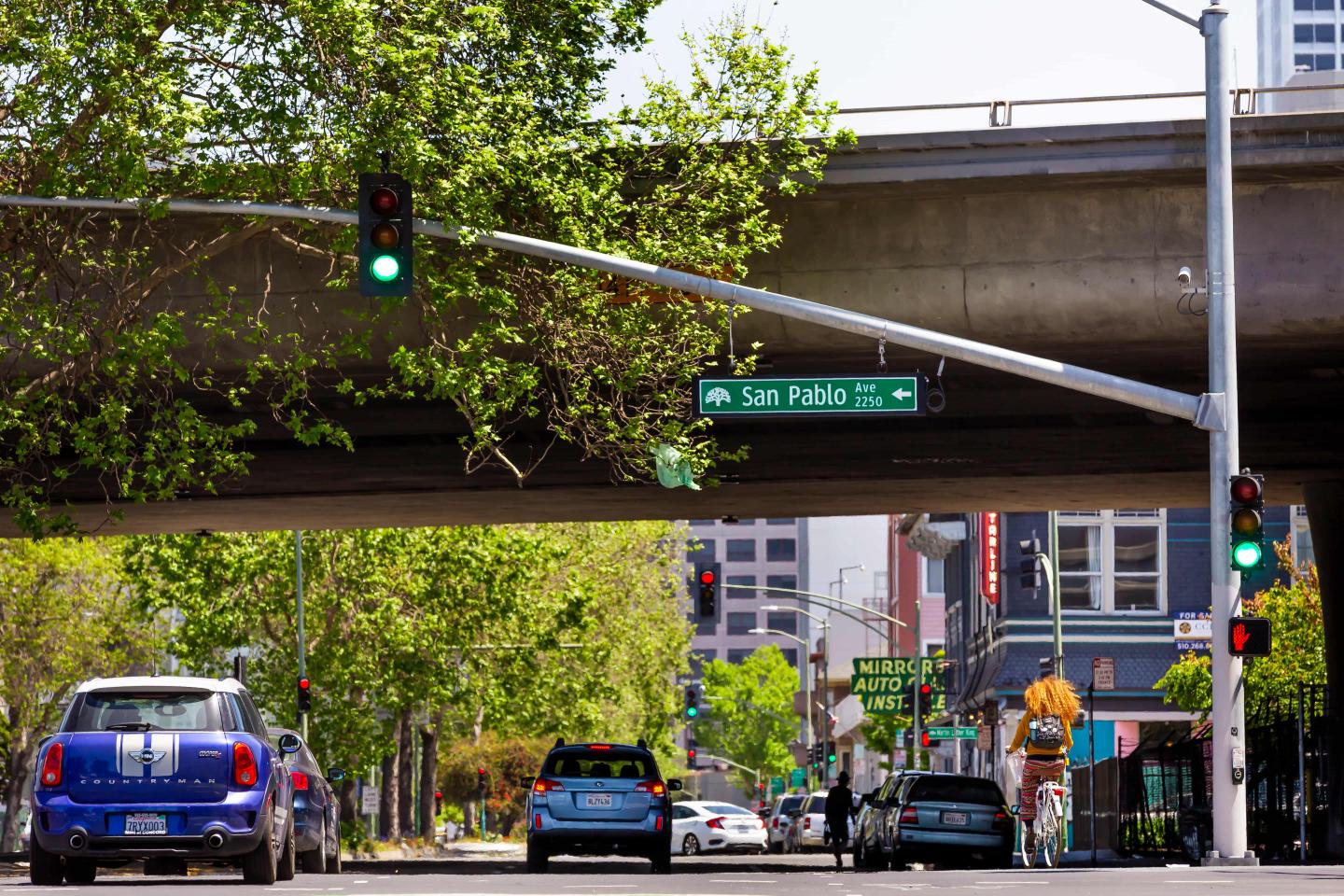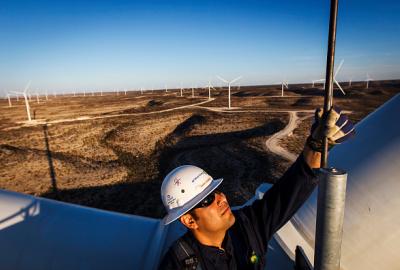Making polluters pay is paying off for California residents
Six years ago, the schoolyard shared by two public elementary schools in Oakland, California, was just a barren slab of asphalt that amplified street noise and radiated heat all year long. Today, it’s a green oasis for 600 students in a community otherwise surrounded by freeways and industrial areas. The renovated schoolyard is now a living playground with a pollinator garden, vegetable gardens, an outdoor classroom, grass fields and 65 new trees.

The green space has not only transformed the community, but the students. “Being surrounded by the beauty of nature is teaching our students how to be stewards of the land at a very young age,” says garden steward Jose Luis Rodriguez.
Built with the support of a $1.2 million grant from the California Natural Resources Agency’s Urban Greening Program, the new schoolyard is just one of thousands of examples of how California is able to invest in communities thanks to revenue from its flagship cap-and-trade program.
What is California’s cap-and-trade program?
In 2012, California set a statewide, declining limit (or cap) on roughly three-quarters of the state’s planet-warming pollution. The statewide program applies to major polluters such as oil refineries, power plants, industrial facilities and fuel distributors, and requires facilities to hold a permit, or “allowance,” to cover their emissions. Every allowance represents one ton of greenhouse gas pollution, and facilities can exchange (or trade) the set amount of allowances among themselves.

Each year, the number of allowances is reduced, ensuring pollution declines over time. Because the program puts a price on emissions, it creates an economic incentive for businesses to invest in cleaner alternatives in order to reduce the pollution they are responsible for — and the number of allowances they need to buy.
While the cap works to drive down emissions, the revenue generated from selling allowances is reinvested into projects like the living schoolyard in Oakland, helping to boost resilience, support clean energy and promote environmental justice in the state.
To date, the program has brought in more than $28 billion, $11.6 billion of which has already been translated into on-the-ground projects. Last month, Californians received an average of $137 in automatic savings on their utility bills through the California Climate Credit — funded by the state’s cap-and-trade program.
This year, lawmakers have the opportunity to build on the program’s past success and reaffirm their commitment to ambitious, effective climate action by strengthening and extending California’s cap-and-trade program before it expires in 2030.
Environmental news that matters, straight to your inbox
What’s at stake
A new study by Environmental Defense Fund and Greenline Insights highlights just how much is at stake.
The report finds that if California lawmakers extend the program through 2045, they can expect to bring in $47 billion in revenue, translating into $55 billion in economic growth for the state and more than 287,000 jobs. The study also quantified the benefit for individual households and found that households earning less than $70,000 — 42% of households in the state — are projected to see the greatest benefits from program extension, accruing roughly $3.9 billion in net benefits or approximately $700 per household.
“California is at a crossroads and there’s a lot on the line,” says Caroline Jones, a climate policy expert at Environmental Defense Fund. “Reauthorizing the program as soon as possible and with as much ambition as possible is crucial to California meeting its climate goals.”
“In California and across the country, affordability is at the top of everyone’s mind,” Jones adds. “California’s cap-and-trade program hasn’t just been a win for the climate; it’s been a win for ordinary people who can see in their neighborhoods and on their utility bills that it’s paying off. And there’s billions more to come if we get this right.”


